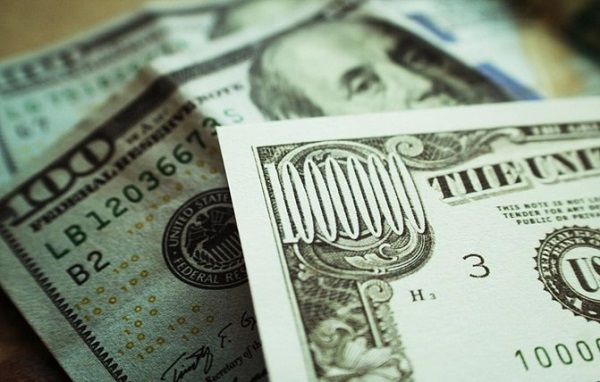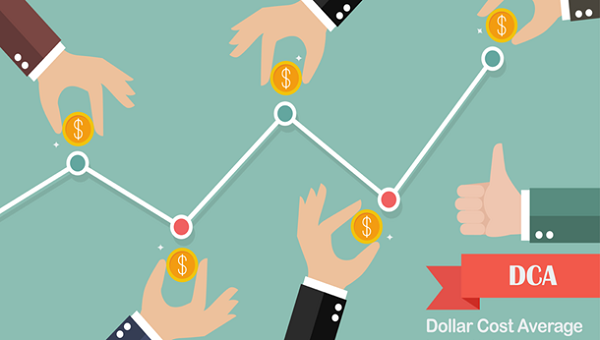I saw this headline float across my Bloomberg Terminal late last week…
There Are More 401(k) and IRA Millionaires Than Ever
(Disclosure and digression: My “Terminal” is Bloomberg.com on my phone. I can thank my long wait at the DMV for my California REAL ID for this story.)
Fidelity Investments—apparently happy to share its customer’s financial info anonymously—says it has more than 750,000 seven-figure 401(k) and IRA accounts.
A chunk of money is great, especially when we can leave it untouched and let it grow. That was no doubt the “secret” of 99%+ of these retirement millionaires. They socked away money for decades and rode the market higher.

Soon it will be time to convert the pile of cash into cash flow that can pay the bills. Many retirees buy stocks and “hope” they’ll go up in price. Problem is, hope is not an ideal retirement strategy.
It was dollar-cost averaging that built these Fidelity fortunes. These investors bought a set amount of stocks and funds every two weeks, every month, every year. They did so systematically, which secured them more shares when prices were low (and fewer when they were dear!).

Traditional retirement “advice” would say that you can live comfortably doing the exact opposite. Sell 4% per year and hope that you don’t outlive your money.
Wait, what?
This is reverse dollar-cost averaging. It is the inverse of the wealth-building technique that minted these millionaires!
By selling a set dollar amount of shares every month, quarter, or year to pay the bills, these investors are being advised to sell more shares when prices are low and fewer shares when prices are high.
What a disaster.
A better bet? A strategy to retire on dividends alone that leaves that beautiful pile of cash alone.
This is why money manager Tom Jacobs and I wrote the book on this. In How to Retire on Dividends: Earn a Safe 8%, Leave Your Principal Intact, we outline our “no withdrawal” approach to retirement:
- Save a bunch of money. (“Check.”)
- Buy safe dividend stocks with big yields
- Enjoy the income while keeping the original principal intact.
Step number two is a tricky one for many investors. A million bucks is great, but the S&P yields just 1.3% today. A seven-figure nest egg in popular “low cost” ETF SPDR S&P 500 Trust (SPY) will land you in the low-income bracket with just $13,000 a year.
That will keep your taxes low. And your quality of life!
Blue-chip dividend payers like Johnson & Johnson (JNJ) are better, but not by much. JNJ yields 2.4%, so it will dish the millionaire $24,000 in annual income.
To make that million last, and our working life worthwhile, we really need yields in the 7% to 8% range. We typically don’t see these stocks touted on Bloomberg or CNBC, but they are around.
Of course, there are plenty of landmines in the high yield space. Some of these stocks are cheap for a reason. Which is why we need to be contrarian when looking for income.
We must identify why a yield is incorrectly allowed to be so high. (In other words, we need to figure out why the stock is priced so cheaply!)
As I write, the top ten yields in my Contrarian Income Report portfolio average 7.6%. This 10-pack is spinning off $76,000 for every million dollars invested.

And you don’t have to be a millionaire to take advantage of this strategy. A $500K nest egg will create $38,000 in annual income. Or $200K will generate $15,200 in yearly dividend income (better than a half million bucks in JNJ!) You get the idea.
The important thing is that these yields are safe, which creates stability for the stock (and fund) prices attached to them. We want our income, with our principal intact. It’s really the only way to retire comfortably, without having to stare at stock tickers all day, every day.
This is why a 7% “No Withdrawal” retirement portfolio is the only way to make a nest egg last forever. There’s nothing better than living off dividend income without ever touching your capital. Click here and I’ll share my three favorite No Withdrawal plays including stock and fund names, tickers and target buy prices.
